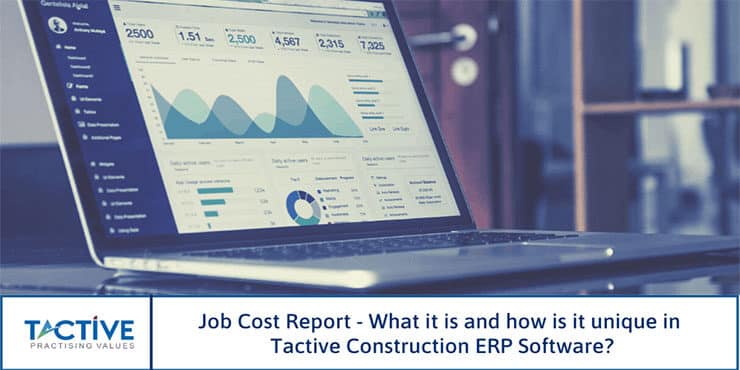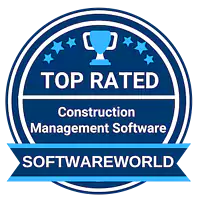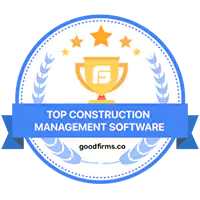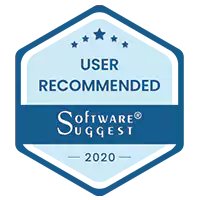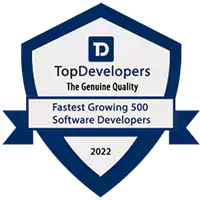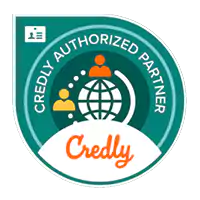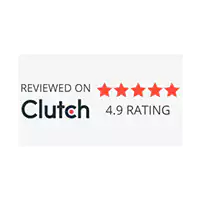Job Costing is a crucial component for running a successful business in the field of construction. Over my experience working in the field of construction for quite a while, I have seen many contractors speaking about it but none wants to walk the extra mile to understand job costing in its truest sense. This eventually makes a contractor lose big in his race to the top.
All successful contractors keep track of the expenses incurred for executing a task against the payment received for completing the said task. The thing about the JCR is that most companies use it, but none use it in a way that would make a significant difference to their productivity. Before the introduction of auto-generated and digitized JCR, construction companies used a simple spreadsheet to track their ongoing cost of a construction project.
It usually takes a long time to establish a company-wide job costing procedure in place. With gradual progress and experience in dealing with the situation, Tactive Construction Management Software was able to better understand the industry, its requirements for a JCR, what our customers wanted vs what suits them the most, etc, to achieve real-time progress in setting up our clients with an effective auto-generated JCR.
What is the Job Cost Report (JCR)?
It’s a detailed documentation of the expenses incurred for the completion of a project and also the payment received from the client-side for the successful delivery of that project. Advanced JCR can track the cost flow in real-time for the on-going projects as well. In other words, it’s a balance that shows the inflow and outflow of money while the company is working on a project.
Why is JCR valuable?
JCR provides insight into the utilization of materials, workforce, etc to draw up a conclusion as to why certain projects cost a certain amount of money while the others differ in the overall price. A detailed JCR allows a project manager to identify leakages in finance by knowing which sectors, materials, the team of laborers, etc consume the highest financial resources over a certain period for the completion of a predefined task.
The benefit extends to the vendor selection too as the management can identify from previous records which vendor would best suit their present requirements over the other. Time and cost are interlinked as the JCR will have the details of how much money was spent over some time. This can be later cross verified with the original time consumption limit for the execution of that task and the problems identified for the cause of delay can be rectified in the future.
Use the JCR to compare and analyze
A JCR compares the actual to budgeted costs. In simple words, it compares periodic costs against a predetermined budget to help the project manager in determining whether the job is on schedule and within budget. This predetermined job budget is the estimate and quotation for the job that your Human Resource department developed. This is a great tool to explore the viability of different approaches to a problem in a controlled setting.
What are the basic criteria a JCR should measure?
A JCR should record all the expenses of a construction process right from workforce payroll & employee benefits, equipment rentals, hard costs, etc.
Workforce Payroll & Benefits: The most important aspect a JCR has to cover. If your payroll is automated, this data is pretty easy to obtain. Tactive assists in digitizing the payroll via its HR & Payroll Module. Thus making the entire process simple. Employees are entitled to avail of certain benefits as promised in the contract agreement before joining. These benefits are an expense for the employer and if left unnoticed may spiral into a huge loss.
Equipment: Equipment, materials, and machinery consume about 50% of the entire budget allocated. Thus making it mandatory for the JCR to cover this aspect.
Hard Costs: These are associated with the physical constructions like the site, landscape, labor and materials, and the building itself.
What is unique about the Tactive JCR?
- Automation – No manual intervention in generating the report. Hence no errors and saves time. Increases clarity and transparency.
- Real-time tracking – The JCR can be tracked and updated in real-time. There is no lag between data generation and data entry.
- Remote Access – Access the report from the convenience of your home at leisure. There is no need for a human presence on the site or at the back office.
- Easy Implementation – Our team of experts will ensure a smooth implementation to make sure the transition from the previous practices is quite fluid. With the ability to accommodate and integrate with existing third-party API, and other technologies like Sage, Tally, MS, etc, our customers face no complications during implementation and post-implementation.
- Mobile App – The JCR can be accessed via hand gadgets like tabloids and mobile phones that are powered by Android & iOS which adds to the ease of accessibility and convenience to the end-users.
- Configurable – The demands of contractors vary as per the nature of the project, geographic factors, the culture of the workforce, and many more. To cater to such dynamic requirements of our customers, Tactive has designed its JCR functions to be configurable to better match the needs of its customers.
Benefits of JCR:
If you are not a user of Tactive Construction ERP, have a free Construction ERP DEMO to know more about the advantages of Tactive JCR and other beneficial features.
